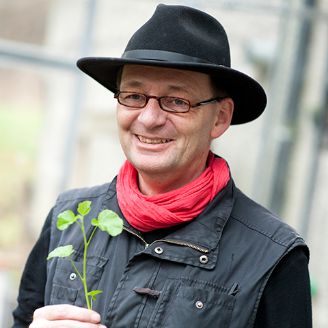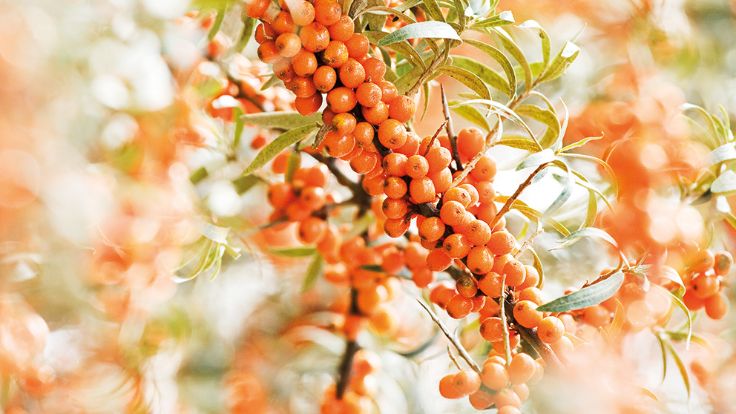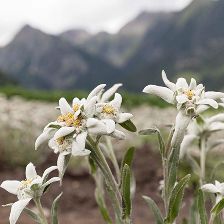
Artist of the High Mountain Sun
Edelweiss is a rare beauty. This small, noble plant, with its snow-white leaves and star-shaped bloom, grows at an altitude of 1,500 to 3,000 metres above sea level, under intense sunlight and on barren ground. We can learn a lot from this plant by observing it closely.
In the high mountains that are home to the edelweiss, snow covers the vegetation for months on end. Beneath this layer, the plant, which bears the Latin name Leontopodium alpinum, hibernates with its rootstock until spring. After the snow melts, it develops a small rosette, from which a stem soon grows 10 cm high. The plant’s elongated leaves are completely covered with woolly white hairs.
These frizzy hairs are more than meets the eye – they carry thousands of tiny air bubbles that reflect the light. Researchers have also discovered that these hairs consist of parallel fibres with a diameter of 0.18 microns, and are designed to absorb the precise wavelength of harmful UV radiation. The remaining sunlight can pass through the airs so that the plant can undergo photosynthesis. Without the strong formative power of the alpine sunlight, the plant's shoots would be too long and thin to maintain themselves upright. Edelweiss therefore requires the sun’s intense rays to be in equilibrium and form a harmonious figure.
These frizzy hairs are more than meets the eye – they carry thousands of tiny air bubbles that reflect the light.


But it’s not only the strong mountain sunlight that presents challenges to the edelweiss plant, which is listed as a protected flora species in several countries: the soil in which it grows is barren and nutrient-poor. Edelweiss must therefore draw very strong vital forces out of the soil in order to survive under these natural conditions.
The edelweiss extract used for natural cosmetics is produced from the above-ground flowering parts of the plant
There is something else that makes edelweiss, regarded as a symbol of the high mountains, a very special plant. If you take a closer look at its blossoms, you can see that the outer flowers consist of hairy bracts. In their midst is a cluster of anywhere from two to twelve flower heads, each composed of around 60 individual florets. Together they form a harmonious shape, which plant researchers refer to as a “higher-order” or “second-order” flower. Edelweiss further enhances this principle, in that it forms a cluster of these cup of these, but combines them to form a large overall flower. This is why it is said that edelweiss is a “third-order” flower, shaped flowers. The plant does not form just one of these, but combines them to form a large overall flower. This is why it is said that edelweiss is a “third-order” flower.
Anthroposophically, there are two qualities in particular that make edelweiss so valuable: its incredible vitality – the ability to grow under extreme conditions of cold and intense sunlight and the high order of its blossom. We can harness this potential to help our human organism maintain and improve the structure of our skin.
The edelweiss extract used for natural cosmetics is produced from the above-ground flowering parts of the plant. This extract contains edelweiss acid and other phenolic acids as well as flavonoids. Thanks to its antioxidant properties, edelweiss extract can neutralise free radicals and thus counteract the stress to the skin caused by UV radiation. In this way, edelweiss has a beneficial effect on the skin.








